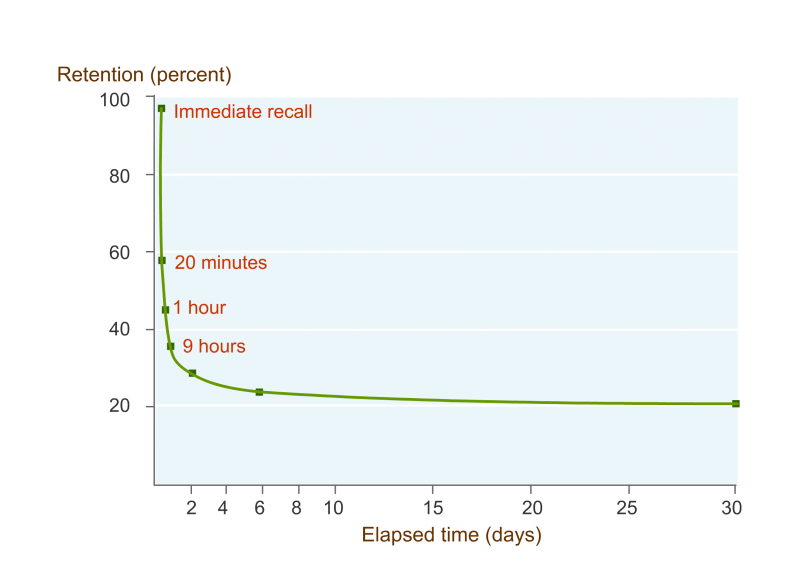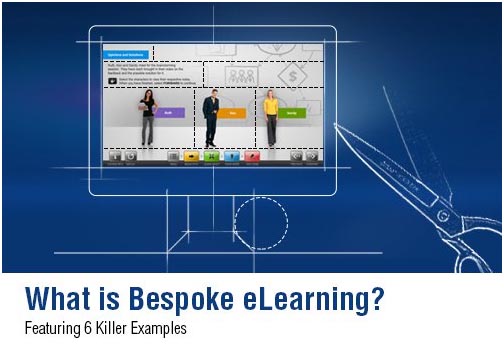
Microlearning’s popularity arises from its ability to offer learners convenient, device-agnostic training at their preferred time and place. In this article, I share how Microlearning based training enhances performance and productivity.
What Is Microlearning?
Microlearning refers to the use of compact training modules that provide learners with focused learning in a short duration. These learning nuggets are designed to meet specific learning outcomes with the objective of improving performance and are usually 3 to 5 mins long. It can be effectively used for onboarding, familiarization with a company’s policies and culture, upskilling and reskilling, product knowledge training, and compliance training, among others.
Being rich in multimedia and interactivity, Microlearning promotes active learning, which can translate into better recall and training outcomes. Although, Microlearning is often used in informal training, it can be an effective support tool in formal training, as well.
Microlearning Theory – Why Microlearning Works
Several studies have established that within a span of 30 days, learners tend to forget 80% of what they may have learned. The learner-centric approach of Microlearning creates sticky learning experiences, which helps improve retention and recall. It also enables learners to implement their learning to boost productivity. The bite-sized learning not only helps reinforce formal training, but also makes formal training available through Performance Support Tools (PSTs) and trigger behavioral changes for transformation gain.
What Are the Top 5 Benefits of Microlearning?
Microlearning is an effective tool in building a sustainable and resilient workforce. With its precise and focused training modules, Microlearning promotes effective training experience, which results in greater recall and improved employee productivity. It offers numerous benefits to learners and businesses alike, including:
-
Learner Experience and Engagement:
- Faster Learning: Breaks down complex topics into short, focused segments, making it easier and quicker for learners to grasp new concepts.
- Enjoyable Learning: Engaging, multimedia-rich content makes learning more enjoyable and less monotonous.
- Reduced Cognitive Overload: Concentrates on one specific topic at a time, reducing the risk of overwhelming learners.
- Learner-Centric: Allows learners to choose their learning path and pace, leading to more personalized experiences.
-
Flexibility and Accessibility:
- Saves Time: Efficient learning suitable for busy schedules.
- Mobile Accessibility: Compatible with mobile devices, enabling learning anywhere, anytime.
- Just-in-Time: Provides quick access to specific information when it’s most needed, supporting on-the-job learning.
- Support for Informal Learning: Complements informal learning by fitting seamlessly into daily routines.
-
Efficiency and Cost-Effectiveness:
- Reduced Development Time and Costs: Quick to produce, saving on development time and expenses.
- Easy to Update: Microlearning content is simple and requires less resource-intensive updating process.
-
Learning Impact and Performance:
- Improved Knowledge Retention: The short, targeted format aids in better retention rates and recall.
- Improved Course Completion Rates: The brevity and engaging nature increase the likelihood of completion.
- Scalability: Easily scales to accommodate a large number of learners.
- Personalization: Can be tailored to meet individual needs and learning styles.
- Assessment and Feedback: Frequent, short assessments help in continuously measuring progress.
- Continuous Learning Culture: Easily integrated into daily routines, supporting continuous learning and development.
- Enhanced Training Impact: Effective in achieving specific learning outcomes and behavioral changes.
-
Business and Organizational Benefits:
- Improved ROI: Offers better returns on investment due to its efficiency.
- Wider Application: Versatile tool suitable for various learning needs.
- Performance Analytics: Provides detailed insights into learner engagement and performance.
What Are the Drawbacks of Microlearning?
Like every other learning modality Microlearning too has a few drawbacks as described below:
- Limited Depth: Microlearning may not adequately cover topics that require in-depth study and comprehensive understanding due to its focus on brief content segments.
- Challenges with Complex Concepts: Microlearning might not be effective for teaching new or abstract concepts that require extensive time and a structured training environment for mastery. For example, comprehensive certification courses often necessitate more formal and detailed training methods than what microlearning can offer.
- Oversimplification: There’s a risk of oversimplifying complex subjects, potentially leading to misunderstandings or superficial knowledge.
- Fragmentation of Learning: The segmented approach can lead to fragmented learning experiences, where learners might miss the broader context or overarching concepts.
- Difficulty in Assessing Comprehensive Understanding: Assessing a learner’s comprehensive understanding of a subject can be challenging through short learning modules.
- Retention Over Time: While microlearning aids in initial retention, there are concerns about the long-term retention of knowledge. The brief nature of the content might lead to quick forgetting unless regularly revisited or reinforced, potentially requiring additional learning interventions to ensure lasting knowledge retention.
- Not Suitable for All Learning Styles: It may not be effective for learners who prefer detailed, long-form educational experiences.
- Dependence on Technology: Microlearning heavily relies on technology, which may not be accessible to all learners.
Parting Thoughts
In conclusion, Microlearning emerges as a highly effective training method, tailored to the needs of today’s fast-paced and technology-driven world. It offers concise, targeted learning modules that enhance learner engagement and facilitate better retention and application of knowledge. While it excels in providing quick, focused learning experiences, it’s important to acknowledge its limitations in depth and suitability for all learning styles.
Overall, embracing Microlearning can lead to significant improvements in performance and productivity, especially when integrated as part of a broader training strategy. Its flexibility and learner-centric approach make it a valuable addition to modern educational and training programs, addressing the diverse needs of learners and organizations alike.




